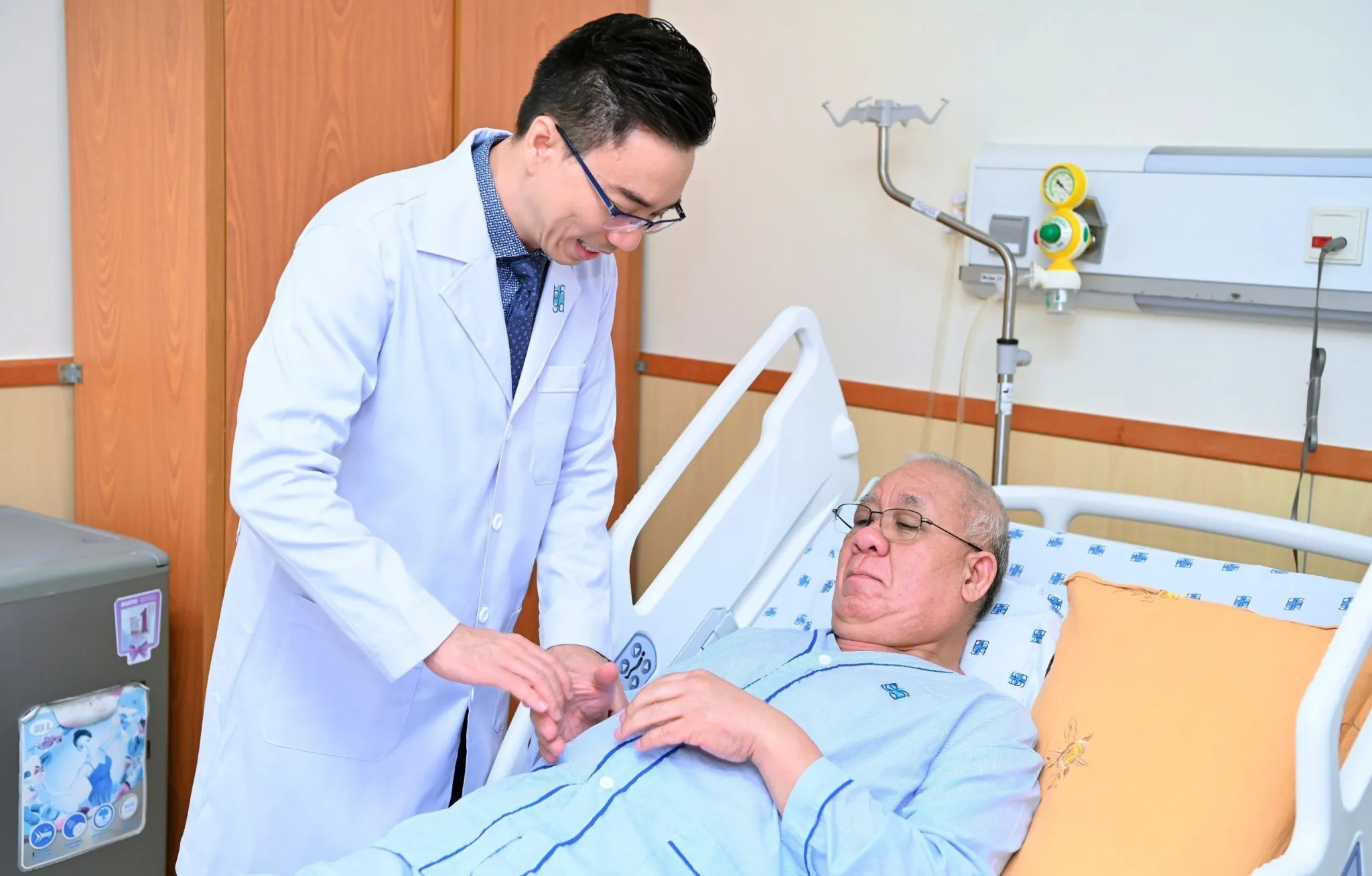
Vietnam Aims to Establish Itself as Asia's Leading Medical Tourism Destination
Vietnam is positioning itself to become a significant player in the medical tourism industry following a recent governmental agreement.
With medical tourism emerging as a potential cornerstone in the global tourism landscape, Vietnam is intensifying its efforts to enhance its standing as a key player.
On September 4, during ITE HCMC 2025 held in Ho Chi Minh City, various Vietnamese governmental bodies entered into a crucial agreement aimed at prioritizing medical tourism development. This comes as Vietnamese medical facilities and healthcare professionals gain recognition for their exceptional quality, rivaling those in Singapore and Thailand.
However, the question arises: what distinct offerings can Vietnam present to the international tourism market, and how can it entice patients away from competitive nations?
Medical Tourism Market Outlook
According to a July article by industry analyst Gil Neo on the Invest in Vietnam site, it is projected that Vietnam’s medical tourism market could exceed a valuation of $2.5 billion by the end of 2025. Neo noted a compound annual growth rate (CAGR) of 17.8% is expected through 2033.
This projected expansion results from several trends, including a rising global middle class capable of traveling for medical treatment, an aging population needing healthcare, heightened awareness of healthcare options, and geopolitical dynamics compelling patients to seek treatment abroad.
To address the increasing demand, Vietnam’s healthcare sector is actively enhancing its infrastructure and workforce.
Top-Notch Treatment Options
Major metropolitan areas like Hanoi and Ho Chi Minh City are home to world-class medical facilities equipped to provide a range of treatments, from cardiology to orthopedics and reproductive health.
Additionally, Vietnam is growing competitive in sectors such as cosmetic surgery and dental procedures, providing these services at significantly lower costs while maintaining high standards of care.
The integration of technology in hospitals, including artificial intelligence for diagnostics and robotic assistance for surgeries, further enhances the country’s medical service delivery.
Upcoming Challenges
Despite its potential, Vietnam’s medical tourism sector faces several challenges. The most immediate is the language barrier; during recent events, much of the materials and discussions were conducted in Vietnamese, complicating accessibility for international participants.
Moreover, marketing efforts have not yet reached the level of its competitors like Thailand, and relevant policies and standards for the medical tourism sector are still under development.
Recommendations for Growth
To capitalize on its strengths, Vietnam must improve regulatory standards across its healthcare system to ensure consistent quality of care nationwide. Language skills among healthcare providers must also be enhanced for better communication with international patients. Finally, a robust global marketing strategy is essential to raise awareness of Vietnam’s medical offerings.
If these measures can be successfully implemented, Vietnam could soon emerge as a leading destination for exceptional medical care in Asia.
